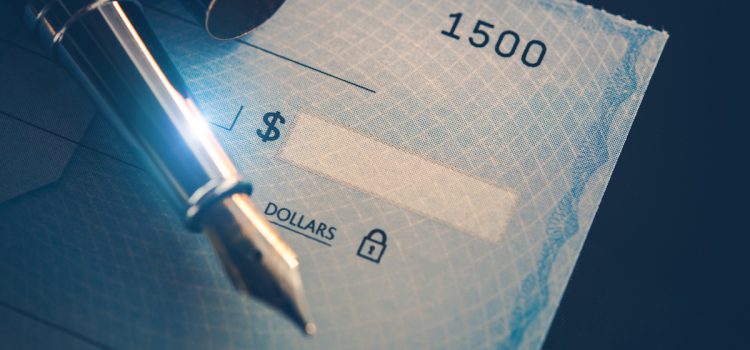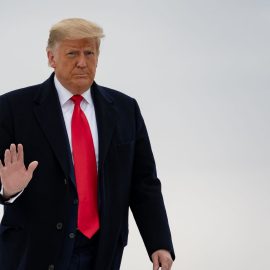
What did Sam Bankman-Fried do with his millions and billions? What did think Donald Trump might do if he gave him $5 billion?
Sam Bankman-Fried quickly became one of the world’s wealthiest individuals. Biographer Michael Lewis says Bankman-Fried used his money in three main ways: Lobbying politicians to further his business interests, donating money to mitigate existential threats, and minimizing the influence of Donald Trump.
Continue reading to learn about Sam Bankman-Fried’s donations.
Sam Bankman-Fried’s Donations.
Lewis reports that, in November 2021, Forbes estimated Bankman-Fried was worth $22.5 billion, making him the 60th wealthiest person on Earth. Lewis writes that Sam Bankman-Fried’s donations had three primary aims, all of which were ultimately geared toward effective altruism.
Use #1: Promoting His Business Interests
First, Bankman-Fried donated to politicians and political groups with the aim of allowing FTX users to trade futures contracts in the US (where it was illegal, despite being legal in other countries). Although Lewis notes that Bankman-Fried donated the least amount of money to this particular aim—for instance, a million dollars here and there—Bankman-Fried would’ve been able to extend his crypto hegemony into the US if he succeeded, thus earning him more money that he could donate.
(Shortform note: In the wake of FTX’s collapse, other cryptocurrency companies have continued to lobby Congress to treat cryptocurrencies as a commodity—an interchangeable good, like water or gold—rather than a security—tradable financial assets used to raise capital for a company—so that the US Securities and Exchange Commission (SEC) has less regulatory power over cryptocurrencies. However, because of the cryptocurrency industry’s association with Bankman-Fried, cryptocurrency companies have struggled to curry political favor since Bankman-Fried’s arrest.)
Use #2: Preventing Existential Threats
Next, Bankman-Fried poured large amounts of money into causes designed to fight existential threats, such as an asteroid destroying the earth or the possibility of AI eliminating our species. Lewis observes that, in particular, Bankman-Fried focused on pandemic prevention in the wake of the Covid-19 pandemic. For instance, he met with Senate Minority Leader Mitch McConnell (himself a polio survivor) to discuss the possibility of funding $10 billion in the US Department of Health and Human Services for pandemic research—Bankman-Fried estimated that $100 billion would actually be needed, but $10 billion was a good start.
(Shortform note: In addition to pandemics and AI-driven apocalypses, experts warn of several other potential existential threats to humanity. For instance, many believe that climate change poses an outsized threat with global temperatures steadily rising. Additionally, the prospect of nuclear catastrophe continues to loom with China increasing its nuclear arsenal and Russia threatening to use nuclear weapons in Ukraine.)
Bankman-Fried’s reasoning in attempting to prevent existential threats was straightforward: Even if these existential threats were unlikely, they would cause such pervasive death that, on balance, trying to prevent them still yielded an astronomically high number of expected lives saved. For example, even if there was only a 1% chance of a pandemic that wiped out (say) five billion human lives, if we could guarantee that such a pandemic didn’t occur, we would be saving an expected 50 million lives (five billion times .01).
(Shortform note: Even within the effective altruism movement, there are varying opinions as to how probable existential threats are in the next century, and thus how important it is to mitigate those threats. For example, MacAskill places the odds of human extinction in the next century at around 1%, while another influential effective altruist, Toby Ord, places the odds at around one-in-six, or 17%.)
Use #3: Minimizing the Influence of Donald Trump
Finally, Lewis relates that Bankman-Fried used his wealth to combat Donald Trump’s influence on US politics and what Bankman-Fried saw as Trump’s assault on US elections. Again, Mitch McConnell was a surprising ally. Bankman-Fried donated millions of dollars to McConnell to help defeat many of Trump’s preferred candidates for the US Senate. Further, Bankman-Fried’s team even reached out to Trump directly to see whether it would be legal to pay Trump to sit out the next election, and, if so, whether Trump was interested. According to Bankman-Fried’s team, Trump would have considered not running for re-election for $5 billion.
(Shortform note: Legal experts remain unclear about the legality of potentially paying a political candidate to withdraw from an election. For instance, Pace Law Professor Jim Fishman argues that although the law prohibits bribing someone to win a vote or receive political favor, paying someone to sit out an election is conceptually distinct from such a bribe. Yale Law Professor Stephen Carter, however, contends that such a payment would probably be illegal on the basis of precedent, as a South Carolina County Council member was cited in 2016 for expressing a willingness to drop out of the council race for $20,000.)






